Moving a piano is no small task. The size, weight, and delicate nature of these musical instruments make them challenging to move, requiring specialized equipment and expertise. In this comprehensive guide, we’ll explore the various factors that influence the cost of moving a piano, from the type and size of the piano to the distance of the move and the obstacles that might be encountered along the way.
Average Cost to Move a Piano
The cost of moving a piano can vary significantly based on several factors. You can expect to pay between $300 and $600 for a local move. Long-distance moves, on the other hand, can range from $500 to $2,000. For international shipping, the costs can escalate to several thousand dollars.
Here’s a simple breakdown of average piano moving costs:
| Type of Move | Average Cost |
|---|---|
| Local | $300 – $600 |
| Long-Distance | $500 – $2,000 |
| International | $1,000 – $3,500 |
Breakdown of Piano Moving Costs
Several factors contribute to the overall cost of moving a piano. Let’s delve into these factors:
Size and Type of Piano
The size and type of your piano play a significant role in determining the moving cost. For instance, smaller pianos like the Spinet, Console, and Studio are easier and less expensive to move than larger ones like the Upright, Grand, and Baby Grand.
Distance of the Move
The distance of the move also impacts the cost. A local move within the same city or town will be less expensive than a long-distance move or international shipping.
Obstacles
Obstacles such as staircases, narrow doorways, and uneven surfaces can add to the complexity of the move, increasing the workforce needed and, consequently, the cost.
Additional Services
Additional services like disassembly, reassembly, crating, storage, and tuning can also add to the overall cost.
Cost to Move Different Types of Pianos
Different types of pianos require additional handling and resources to move. Here’s a rough estimate of the cost of moving different types of pianos:
| Type of Piano | Average Cost |
|---|---|
| Spinet | $200 – $400 |
| Console | $200 – $400 |
| Studio | $225 – $450 |
| Upright | $225 – $450 |
| Grand | $250 – $500 |
| Baby Grand | $250 – $500 |
Just so you know, these are just estimates, and the actual cost can vary based on the specific circumstances of the move.
Factors Influencing the Cost to Move a Piano
Several factors can influence the cost of moving a piano. These include:
1. Piano’s size and weight: Larger and heavier pianos require more workforce and specialized equipment, increasing costs.
2. Distance of the move: Moving a piano across the country or internationally is more expensive than a local move.
3. Obstacles: Stairs, tight corners, and narrow doorways can complicate the move and increase costs.
4. Dismantling and crating services: If your piano needs to be dismantled for the move, this will add to the cost. The same goes for crating services, which might be necessary for long-distance or international moves.
5. Insurance costs: Insurance is crucial when moving a piano due to its high value and delicate nature. The cost of insurance will depend on the value of your piano.
6. Miscellaneous costs: These could include storage expenses if your piano needs to be stored temporarily, the cost of specialized equipment, and any potential charges for speed of delivery.
DIY vs. Hiring Professional Piano Movers
You have two main options when moving a piano: Do it yourself (DIY) or hire professional piano movers.
DIY Piano Moving
While DIY piano moving can save money, it’s only recommended if you have experience moving pianos. Pianos are heavy and delicate instruments that require special handling to prevent damage. Additionally, moving a piano can be physically demanding and potentially dangerous without the proper equipment and techniques.
Hiring Professional Piano Movers
Professional movers have the experience, equipment, and techniques to move your piano safely. They are familiar with the challenges of moving different types of pianos and know how to navigate obstacles like stairs and narrow doorways. While hiring professionals can be more expensive than a DIY move, the peace of mind of learning your piano is in safe hands can be worth the extra cost.
How to Choose a Piano Moving Company
Choosing the right piano moving company is crucial to ensure your piano is moved safely and efficiently. Here are some factors to consider:
1. Experience and Expertise: Look for a company specializing in moving pianos with a good track record. Ask how many pianos they’ve moved in the past year and whether they have experience with your specific type of piano.
2. Insurance and Liability: Ensure the company is insured and offers coverage for your piano in case of damage during the move.
3. Cost: Get quotes from different companies and compare what’s included in the price. Be wary of quotes that seem too good to be true—they often are.
Moving a piano is a complex task that requires careful planning and execution. Whether you’re moving a Spinet, Console, Studio, Upright, Grand, or Baby Grand piano, understanding the cost factors can help you budget accordingly and avoid unexpected expenses. While you can attempt a DIY move, hiring professional piano movers is often the safest and most efficient option.
Remember, the goal is not just to move your piano but to move it safely and securely, ensuring it arrives at its new home in the same condition it left the old one. Happy moving!
The post How Much Does Moving a Piano Cost? appeared first on Treasure Moving.

